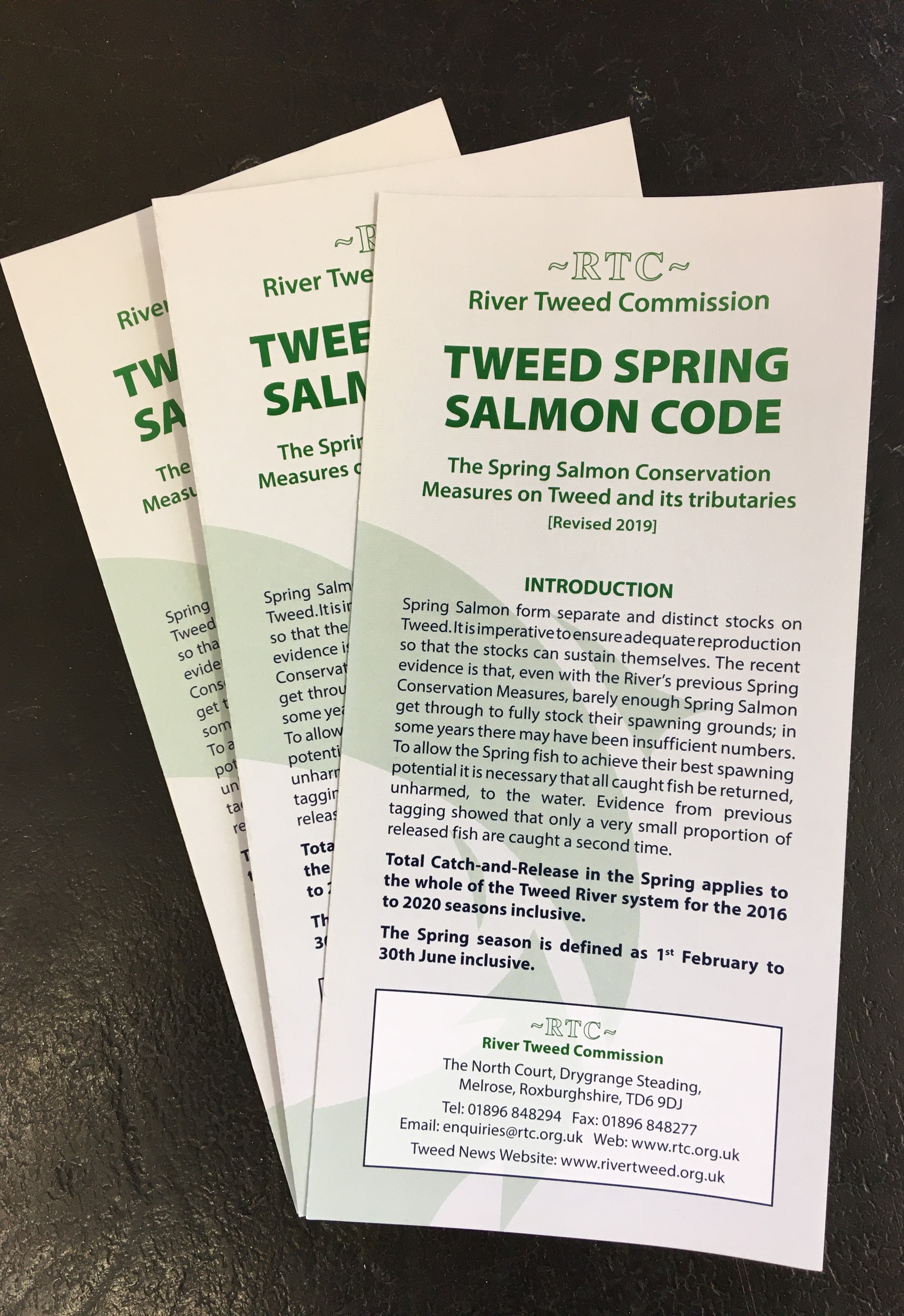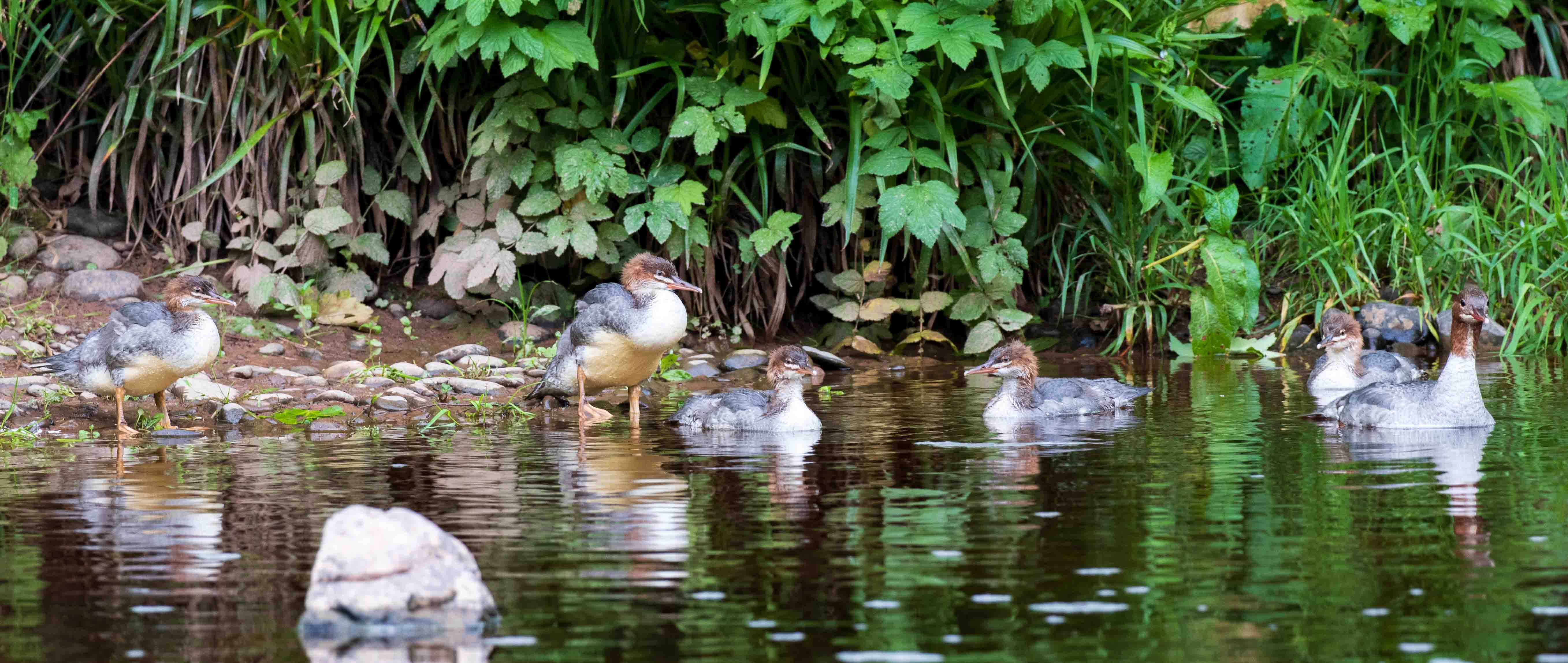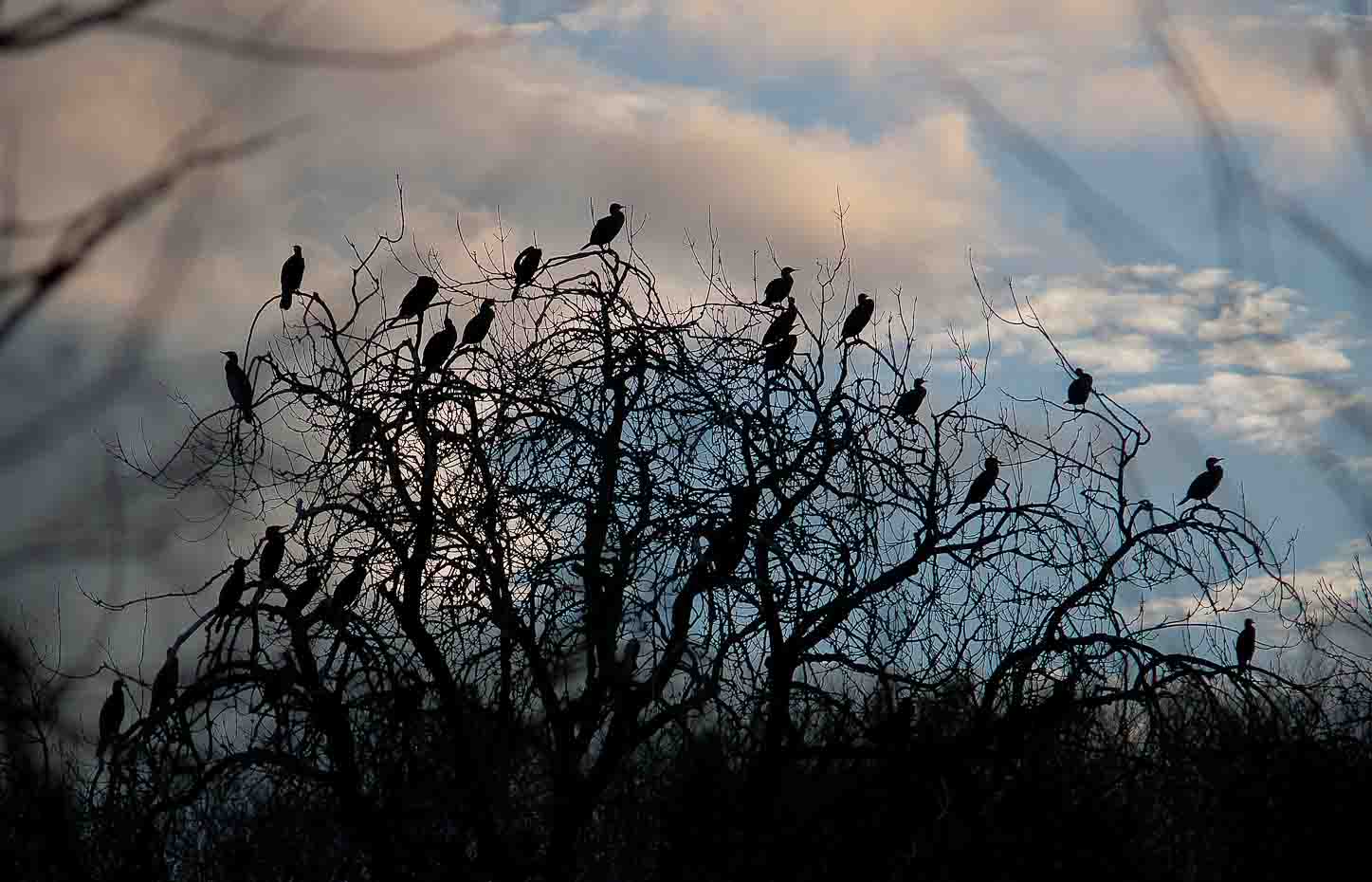Conservation
The RTC is charged under statute with the management of Fisheries in the Tweed District, and conservation is at the core of what we do. In addition to the law, a number of codes and policies have been agreed by the RTC to help conserve a precious resource.
The Codes do not carry the weight of law but they have been agreed by consensus on the river and are widely adopted as good practice.
The policies adopted by the RTC enable the practical implementation of the law recognising good practice and sound science.
The RTC relies on the biological work of the Tweed Foundation to provide the basis of objective decision making on the River and the Tweed Fisheries Management Plan.
Tweed Angling Codes
Spring Conservation
Predation
Biosecurity
Tweed Spring Salmon Code
Spring Salmon form separate and distinct stocks on Tweed. It is imperative to ensure adequate reproduction so that the stocks can sustain themselves. The recent evidence is that, even with the River’s previous Spring Conservation Measures, barely enough Spring Salmon get through to fully stock their spawning grounds; in some years there may have been insufficient numbers. To allow the Spring fish to achieve their best spawning potential it is necessary that all caught fish be returned, unharmed, to the water. Evidence from previous tagging shows that only a very small proportion of released fish are caught a second time.
Spring Conservation
The Spring Salmon Conservation Measures on Tweed and its tributaries
Total Catch-and-Release in the Spring applies to the whole of the Tweed River system for the 2016 to 2020 seasons inclusive.
The Spring season is defined as 1st February to 30th June inclusive.
SPRING SALMON & SEA-TROUT - LAW:
It is now illegal to take any Salmon or Sea-trout - dead or alive - from 1st February to 31st March each year.
SPRING SALMON - TWEED RULES:
These Rules apply to all Salmon and Grilse (not Sea-trout) for the period 1st April to 30th June each year on the whole of the Tweed catchment.
* Anglers must return to the water ALL Salmon and Grilse caught up to the end of June, unharmed.
* Every effort must be taken by the angler and boatman to allow fish to recover after being caught.
SALMON CAUGHT AFTER 30TH JUNE:
* Salmon caught after 30th June should be returned if they are not fresh (i.e. not silver) and therefore likely to be Spring stock.
The full Tweed Spring Salmon Code can be viewed here.



Predation
Monitoring Methods
Since 1992, we have been carrying out bird counts on the main stem of the Tweed, counting every Goosander and Cormorant on the river from Ettrickfoot down to the estuary at Berwick. Carrying out several counts throughout each year has enabled us to monitor the changes in their population sizes over time.
In 2017, we started to monitor the numbers of Cormorants using roost counts. This has also given us the opportunity to trial laser pens on roosting birds as a scaring method, hoping to reduce predation by unsettling the birds enough and to get them to feed elsewhere.
We also monitor the movements and diet of both Goosanders and Cormorants.
In 2021 we started tagging and tracking Goosanders to understand their in-river migratory patterns and whether they feed more in certain stretches of the river. Of particular interest is whether some birds concentrate their feeding at caulds (which can act as artificial ‘choke points’) during the smolt run.
The Tweed is also part of a national study looking into the diet of Goosanders and Cormorants. This builds on previous RTC studies of the 1990’s looking at which fish species feature most in their diets. Particular focus is put on the smolt run and on how much of the diet is made up of salmon and trout smolts.
With an Atlantic salmon “crisis” now recognised by the Scottish government, we hope that the information obtained from our monitoring can help to determine the best management strategies on the river to help minimise the impacts of bird predation.